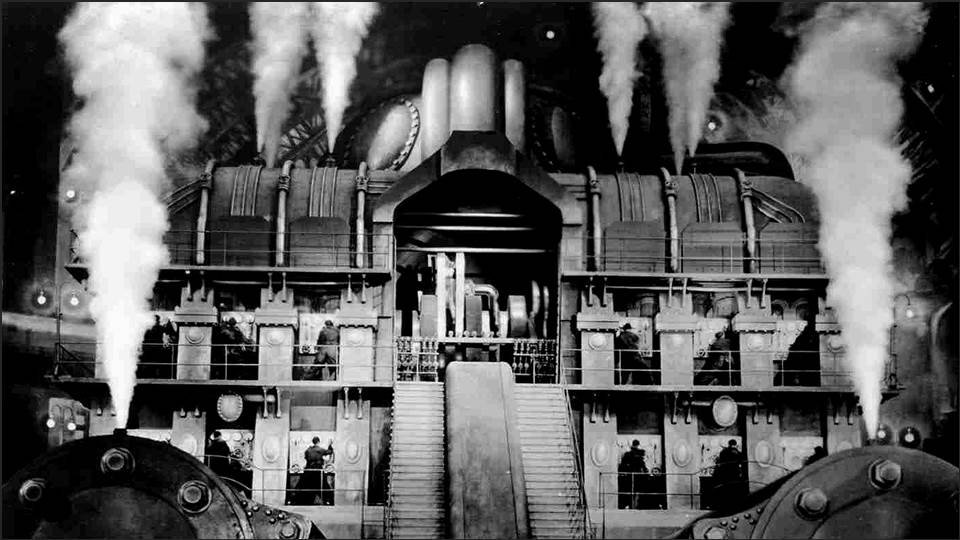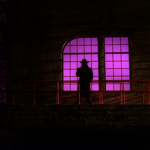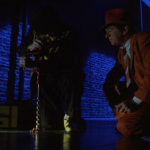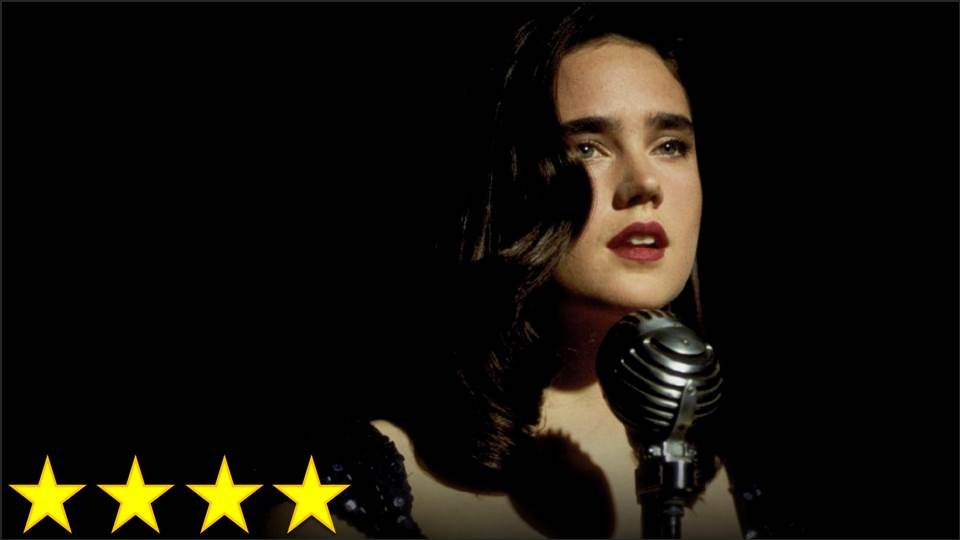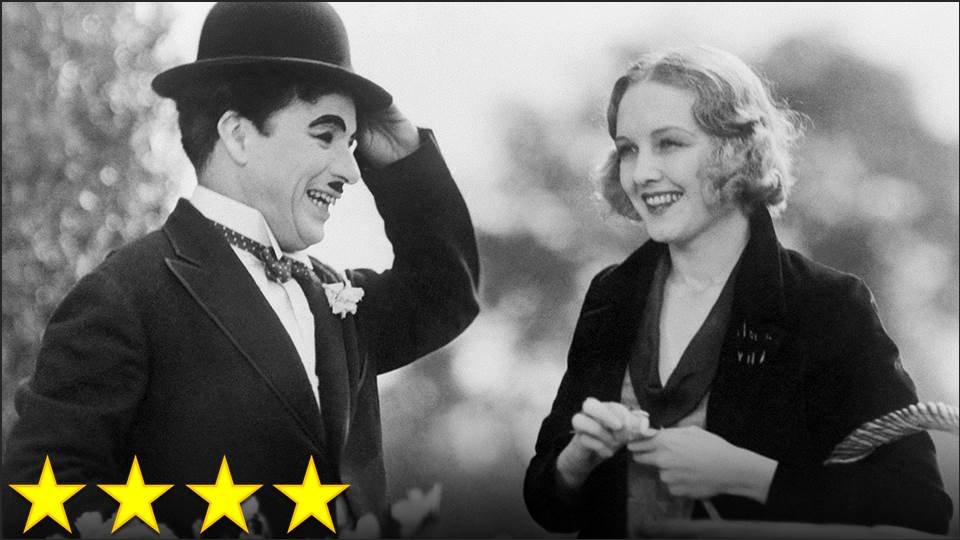This film was not what I expected it to be, and yet it was only what I expected it to be. There are some dance numbers in here that are very nice and impressive, and that feel like what I would expect from this duo, but only one or two, and I had already seen one of them. For some reason I thought there would be a bit more of the two of them dancing and a bit more fun, with less of the two antagonizing each other. Most of the film, however, is dominated by their bizarre conflict/romance and a cliché story of mistaken identity. I’m not sure if it seemed as cliché at the time, of course, but it felt very much like it was just repeating the kind of things one finds in the usual comedic plays of someone like Oscar Wilde, or even Shakespeare. In a way, this makes it a very standard romantic comedy, although it’s still a very smart one, so it serves as a great example of what a serviceable Classical Hollywood romantic comedy feels like (just with more cool dancing).
Of course, don’t think for a second that I don’t really like this movie. Certain aspects of some of these dance numbers are brilliant, and a lot of the writing of the dialogue is clever too, which was only improved by the strong characterizations these actors brought to their characters, so I can see why this film is so popular. Perhaps I’ve been a bit too hard on this movie – it did, after all, give us the song “Cheek to Cheek,” which is one of the greatest love songs of all time – but for whatever reason, I just felt like something was missing. I’m not sure what. I feel like the movie was somehow not fun enough, even though I enjoyed myself watching it, and Fred Astaire’s character seemed to be having a great deal of fun the whole time. Still, since this was my first time actually watching an Astaire-Rogers musical in its entirety, I was hoping for something a little more bright and dazzling, but maybe I’ll find that in another one of their films.

